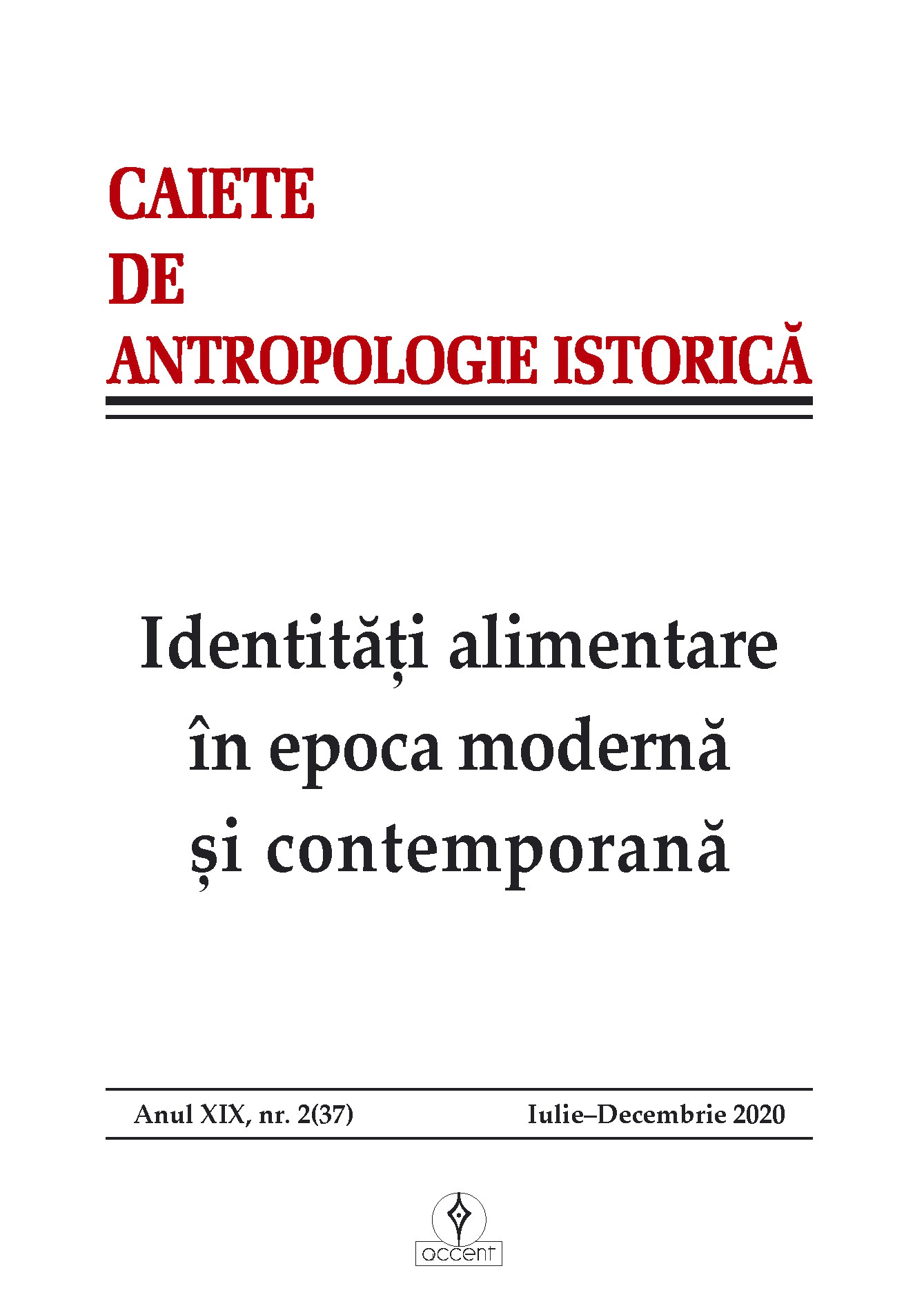Din istoria societății de curte. Mese, ospețe și sărbători domnești în secolul al XVII-lea românesc
From the history of the court society. Meals, feasts and princely holidays in the 17th century Romanian space
Author(s): Toader NicoarăSubject(s): Cultural history, Local History / Microhistory, Cultural Anthropology / Ethnology, 17th Century
Published by: Accent Publisher
Keywords: court society; food sensibilities; culinary ceremonies; festive meals; gastronomy;
Summary/Abstract: The 17th century is also noteworthy in the Romanian space due to the emergence of the court society. The princely feasts were exceptional opportunities for socializing, integrated into more and more refined ceremonies. On the other hand, they have been an integral part of the process of civilization. The princely courts acquired their prestige in the political field, but also through clothing, tastes and food sensibilities. The dishes and the serving of the princely meals acquired in time strong symbolic values and were constituted as significant landmarks of the discourse on power. Holidays and parties were part of the mandatory recipe of court life and were occasions to display the grandeur, opulence and generosity of the prince, that is, those gestures that increased the fame of the prince and his court. In Transylvania the sources are more generous in terms of food tastes and daily or holiday menus, especially in the princely court and in aristocratic circles. Over time, a sophisticated ceremonial and elegant etiquette were created regarding the reception of guests and the organization of princely meals. The life of the princely courts was punctuated by the religious holidays throughout the year and by events which were occasions for festive guests: weddings, banquets or receptions. In the 17th century, the religious mentality was dominant, so the people respected the regime of fasts and prescriptions related to fasting, both in the refined and in the popular circles. During the 17th century, new elements of taste and food culture appeared and spread in the life of the princely and aristocratic courts, but also in the general diet. The 17th century was the era in which in the Romanian space, tools such as the knife, spoon and fork began to be attested at the princely courts. As for the specialized staff, who prepared the dishes, the sources attest to the presence of specialized and very skilled chefs. In the 17th century, which was marked by wars and violent confrontations and by prolonged episodes of famine and food shortages, new culinary sensibilities were created. This century was characterized by combinations of older food traditions with newer ones and by exchanges among various gastronomic cultures of European and Oriental origin.
Journal: Caiete de Antropologie Istorică
- Issue Year: 2020
- Issue No: 37
- Page Range: 32-59
- Page Count: 28
- Language: Romanian

